RSS
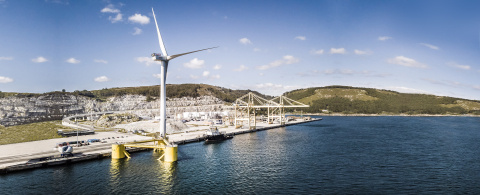

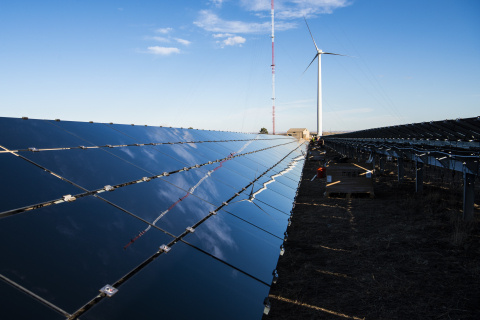
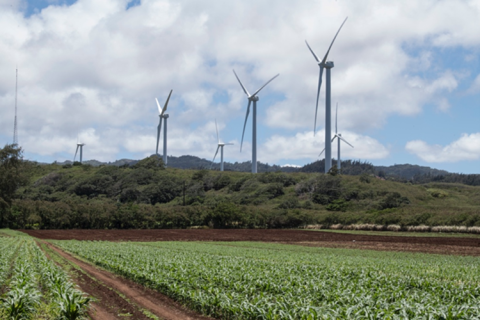
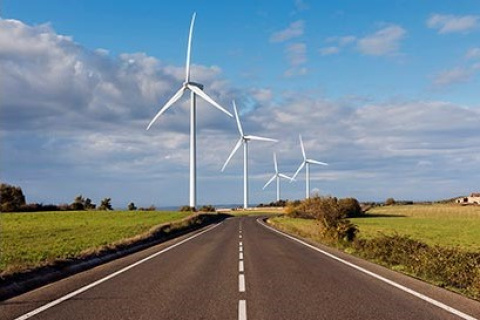
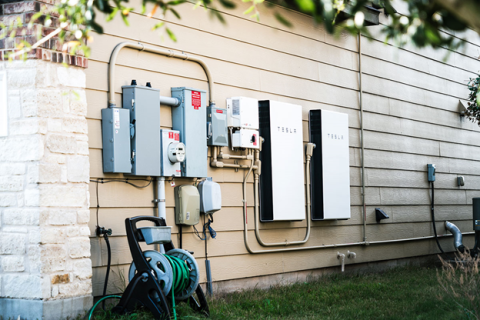
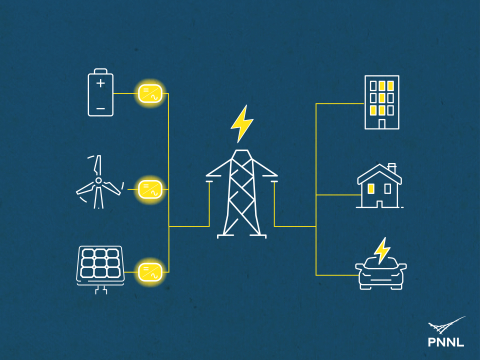

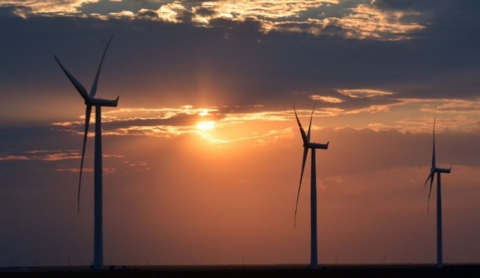
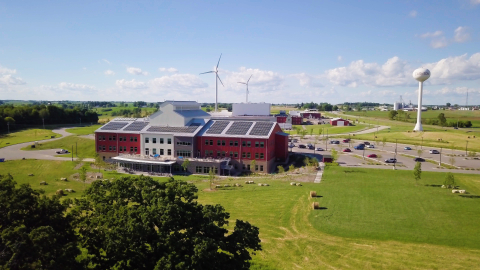
Below are stories about research efforts featured by the U.S. Department of Energy (DOE) Wind Energy Technologies Office.
Subscribe to the WETO E-Newsletter
Subscribe to the WETO e-newsletter to stay informed on the latest wind energy news, events, publications, and updates.

Driven by falling offshore wind prices, federal action, & state-level commitments, the U.S. offshore wind pipeline grew 13% over the previous year, with 40,083 MW now in various stages of development.

The U.S. distributed wind sector added 11.7 MW of new distributed wind energy capacity with 1,751 new wind turbines installed across 15 states.
In a new journal article, researchers at Lawrence Berkeley National Laboratory explore the potential implications of both solar and wind energy project siting patterns.

In a series of 10 articles, over 100 wind energy experts from around the world are joining forces to identify the most critical needs for wind energy advancement.

The National Renewable Energy Laboratory released two new databases of state and local wind and solar energy zoning laws and ordinances in the United States. The data is machine readable so geospatial analysts and researchers can analyze siting impacts.

The National Renewable Energy Laboratory has made a big leap forward by adding new data and capabilities to the Distributed Generation Market Demand (dGen) model.

PNNL researchers developed a new computer model of a device that acts like a translator, enabling renewable power sources like wind and solar to provide electricity to the grid while increasing system resiliency and stability.

DOE’s Oak Ridge National Laboratory published a study that highlights the additive manufacturing (3D printing) of permanent magnets for large electrical machines. Additive manufacturing could be an attractive method for manufacturing permanent magnets.

Researchers from the National Renewable Energy Laboratory predict that, by 2035, wind plant designs will embrace towers even taller than previously thought.

A new study indicates that nearly 1,400 gigawatts of distributed wind capacity could be profitably deployed today across the United States, which amounts to more than half of the nation’s current annual electricity consumption.

